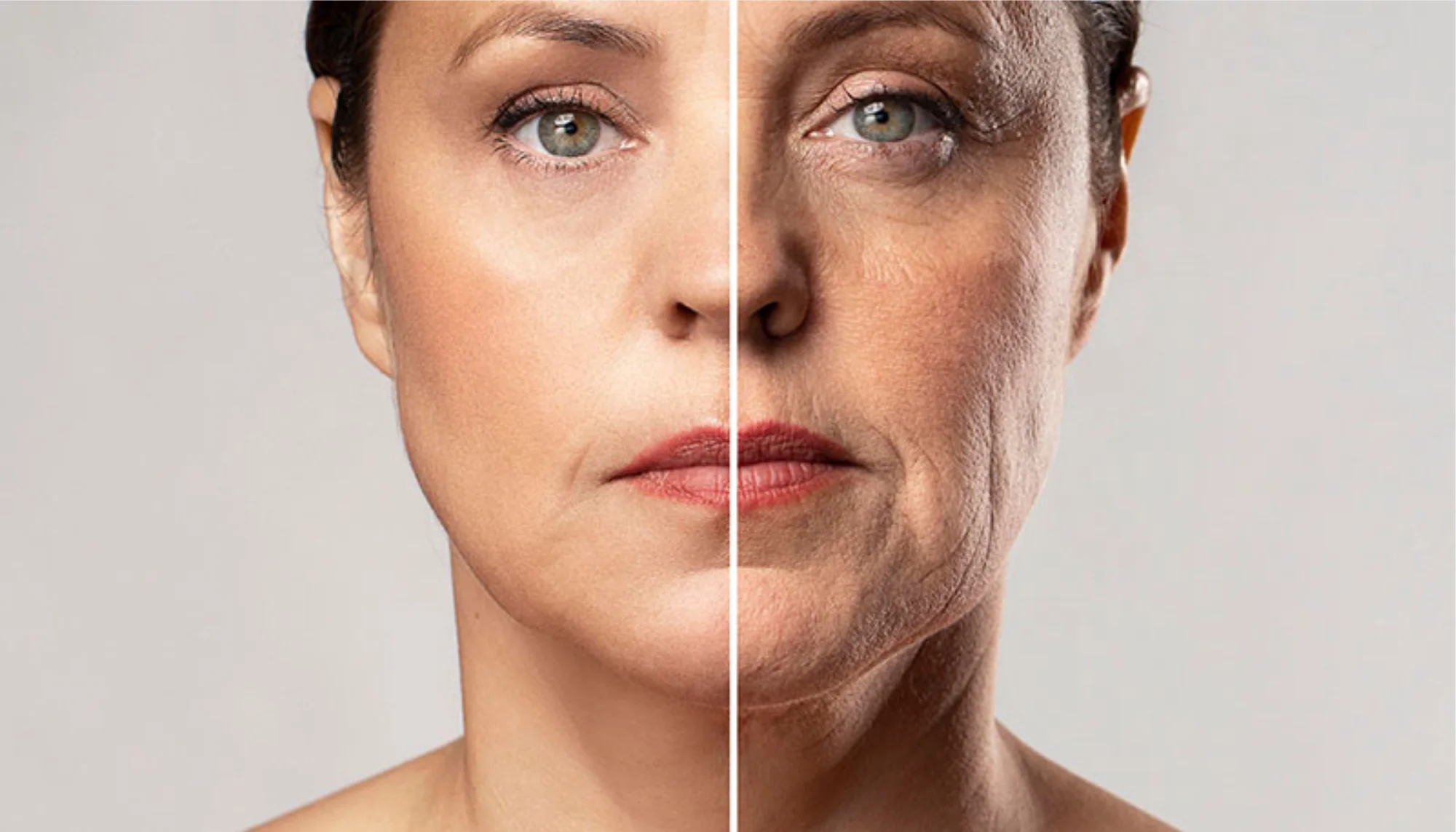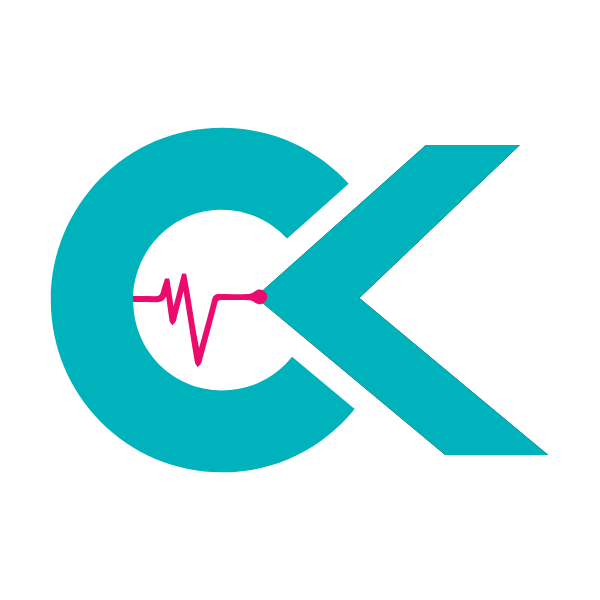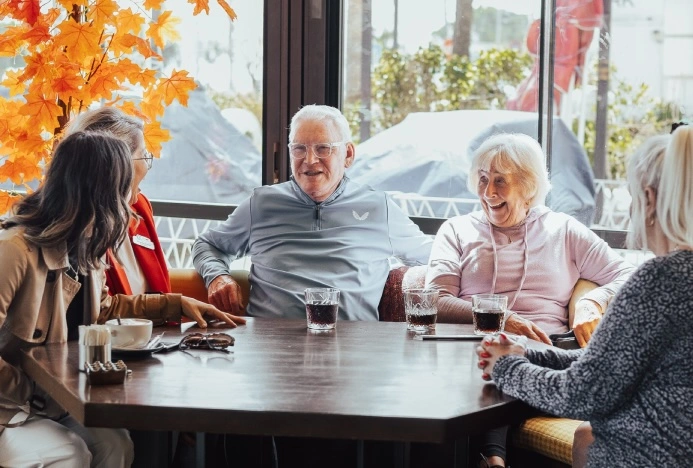The recent surge in popularity of GLP-1 receptor agonists, commonly known by brand names such as Ozempic, has revolutionized weight management for many individuals globally. While these medications offer significant benefits in achieving rapid and substantial weight loss, an unintended consequence, widely termed “Ozempic face,” has emerged as a growing concern within the aesthetic and medical communities. This phenomenon refers to the distinctive facial changes that can accompany rapid weight reduction, leading to a gaunt appearance, increased skin laxity, and a prematurely aged look.
Table of Contents
Recent data from the UK indicates a significant trend towards aesthetic interventions, with a notable 26% increase in male facelifts and a rise in procedures among the 40s demographic. This surge is largely driven by social media influence and the rapid weight loss facilitated by GLP-1 injections such as Ozempic. Experts observe a normalization of cosmetic surgery, despite the inherent risks of complications, as more individuals seek solutions for these newfound aesthetic concerns. The British Association of Aesthetic Plastic Surgeons reported over 1,000 male facelifts in 2024 alone, marking a substantial increase from previous years. This highlights the growing demand for effective treatments addressing the visible signs of rapid weight loss on the face.
Understanding “Ozempic Face”
“Ozempic face” is a colloquial term describing the specific facial aesthetic changes associated with significant and rapid weight loss, often observed in individuals using GLP-1 agonists. These medications, which aid in appetite suppression and improved glucose control, facilitate weight reduction at a pace that the facial skin and underlying structures may not adapt to seamlessly. The primary issue stems from the loss of subcutaneous fat, which is a crucial component of youthful facial volume and contour. For a deeper understanding of the science behind these medications, one might consult resources like Science Reveals: Weight Loss Surgery vs. Ozempic, which elaborates on the mechanisms of GLP-1s and their comparison with surgical interventions.
The Role of Facial Fat Loss
Subcutaneous fat beneath the skin provides structural support, fullness, and a smooth contour to the face. When this fat diminishes rapidly, especially in areas like the cheeks, temples, and around the eyes, it leads to a hollowed, sunken appearance. This effect is compounded by the fact that fat loss is often disproportionate, with the face being one of the first areas to show volume depletion. This rapid change leaves the overlying skin with insufficient support, causing it to sag and exacerbate the appearance of wrinkles and fine lines. Understanding the impact of rapid weight loss on skin laxity is crucial; for more insights, consider learning about Ozempic Skin: Managing Post-Weight Loss Laxity.
Skin Laxity and Collagen Reduction
While fat loss is a primary contributor, the aging process naturally reduces collagen and elastin, the proteins responsible for skin elasticity and firmness. Rapid weight loss can accelerate the visible effects of this natural decline. The skin, having stretched to accommodate a larger facial volume, may lack the inherent elasticity to retract and conform to the new, smaller facial structure. This results in:
- Sagging jowls: The skin around the jawline loses definition and begins to droop.
- Hollowed temples and cheeks: Creating a gaunt, aged look.
- Pronounced nasolabial folds and marionette lines: Deepening the lines from the nose to the mouth and from the corners of the mouth downwards.
- Drooping eyelids and brows: Contributing to a tired or sad expression.
Comprehensive Aesthetic Solutions for “Ozempic Face”
Addressing “Ozempic face” requires a multi-faceted approach, often combining both non-surgical and surgical interventions tailored to the individual’s specific concerns and desired outcomes. The goal is to restore lost volume, tighten lax skin, and rejuvenate the overall facial appearance.
Non-Surgical Interventions
For individuals with moderate facial volume loss and mild to moderate skin laxity, non-surgical options can provide significant improvement.
Dermal Fillers
Dermal fillers, typically composed of hyaluronic acid, are injected into specific areas of the face to restore lost volume. They can effectively plump hollowed cheeks and temples, soften deep lines, and improve facial contours. The effects are immediate and can last from 6 months to 2 years, depending on the type of filler and the treated area.
Biostimulatory Fillers
Unlike traditional hyaluronic acid fillers, biostimulatory fillers (e.g., Sculptra, Radiesse) work by stimulating the body’s natural collagen production over time. This leads to gradual, natural-looking volume restoration and improved skin elasticity, offering longer-lasting results compared to hyaluronic acid fillers.
Non-Invasive Skin Tightening
Technologies such as Ultherapy (focused ultrasound) or radiofrequency (e.g., Thermage, Morpheus8) can deliver controlled energy to the deeper layers of the skin, stimulating collagen production and causing tissue contraction. These treatments are effective for tightening mild to moderate skin laxity in the face and neck, with results gradually appearing over several months.
Surgical Interventions
For individuals experiencing significant skin laxity, pronounced jowling, and extensive volume loss, surgical procedures offer the most dramatic and long-lasting solutions.
Face & Neck Lift in Turkey
A face and neck lift remains the gold standard for addressing significant facial sagging, jowling, and neck laxity. This procedure involves tightening the underlying facial muscles (SMAS layer), repositioning fat, and removing excess skin to create a smoother, more defined jawline and a rejuvenated neck contour. A comprehensive face and neck lift can effectively reverse many of the signs of “Ozempic face,” providing a significantly more youthful and refreshed appearance. Patients often report looking years younger post-procedure, with results that can last a decade or more.
Facial Fat Transfer (Autologous Fat Grafting)
Fat transfer involves harvesting fat from one area of the body (e.g., abdomen or thighs) via liposuction, processing it, and then reinjecting it into the face. This procedure can restore lost volume in the cheeks, temples, under-eye area, and lips, offering a natural and long-lasting solution as the transferred fat integrates with existing tissues. It addresses the fundamental issue of volume depletion that contributes to the gaunt appearance.
Eyelid Surgery (Blepharoplasty)
Rapid weight loss can exacerbate the appearance of excess skin and fat in the eyelids, leading to a tired or aged look. Blepharoplasty can remove this excess skin and fat from both upper and lower eyelids, opening up the eyes and creating a more alert and youthful appearance.
Comparison of Aesthetic Solutions
Choosing between surgical and non-surgical approaches depends on the extent of facial changes, desired outcome, downtime tolerance, and budget. The table below provides a general comparison to aid in decision-making.
| Factor | Surgical Solutions | Non-Surgical Solutions |
|---|---|---|
| Efficacy | High, dramatic results | Moderate, subtle improvement |
| Longevity | Years to a decade+ | Months to 1-2 years |
| Downtime | Significant (weeks) | Minimal to moderate (days) |
| Cost | Higher initial investment | Lower per session, higher over time |
| Risks | General surgery risks (infection, scarring, anesthesia) | Bruising, swelling, allergic reactions (rare) |
Medical Tourism: A Viable Option for UK Patients
For many patients in the United Kingdom seeking aesthetic solutions for “Ozempic face,” medical tourism has emerged as an increasingly attractive option. The primary drivers for this trend include significant cost savings, access to highly skilled surgeons, and state-of-the-art facilities that may offer shorter waiting times compared to national healthcare systems.
Why Turkey Stands Out
Turkey has established itself as a global leader in medical tourism, particularly for plastic and reconstructive surgery. Several factors contribute to its appeal:
- Cost-Effectiveness: Procedures in Turkey are often significantly more affordable than in the UK, without compromising on quality. This allows patients to access advanced treatments that might otherwise be financially prohibitive.
- Expert Surgeons: Turkish plastic surgeons are internationally recognized for their expertise, often having trained in leading medical institutions worldwide and possessing extensive experience with complex aesthetic procedures.
- Modern Facilities: Hospitals and clinics in Turkey boast cutting-edge technology, luxurious accommodations, and patient-centered services designed for international visitors.
- Comprehensive Packages: Many clinics offer all-inclusive packages covering consultation, surgery, accommodation, transfers, and post-operative care, simplifying the patient journey.
- Cultural Experience: Patients can combine their medical treatment with a unique travel and cultural experience, making the journey more appealing.
Price Comparison: Turkey vs. United Kingdom
The cost differential is a major factor driving UK patients to Turkey for procedures addressing “Ozempic face.” Here’s a general comparison of common aesthetic treatments:
| Service/Item | Turkey Price (USD) | United Kingdom Price (GBP) |
|---|---|---|
| Face & Neck Lift | $4,500 – $7,000 | £7,000 – £15,000 |
| Facial Fat Transfer | $2,500 – $4,000 | £3,000 – £6,000 |
| Dermal Fillers (per syringe) | $200 – $400 | £300 – £600 |
| Blepharoplasty (Eyelid Surgery) | $2,000 – $3,500 | £2,500 – £5,000 |
| Non-Surgical Skin Tightening | $800 – $1,500 | £1,500 – £3,000 |
*Note: Prices are estimates and can vary based on the surgeon’s experience, clinic location, specific techniques used, and individual patient needs.*
CK Health Turkey: Your Partner in Aesthetic Rejuvenation
At CK Health Turkey, we understand the concerns that arise from rapid weight loss and the desire to restore a harmonious facial aesthetic. As a leading provider for international patients, we specialize in delivering exceptional plastic surgery outcomes, including advanced solutions for “Ozempic face.” Our team of highly qualified and experienced plastic surgeons utilizes the latest techniques and state-of-the-art technology to ensure optimal results and patient safety. We offer a comprehensive range of procedures, from sophisticated face and neck lifts to precise fat grafting and advanced non-surgical rejuvenation, all tailored to meet the unique needs of each individual. Our commitment extends beyond the operating room, encompassing personalized care plans, multilingual support, and luxurious facilities designed to make your medical journey comfortable and stress-free. We pride ourselves on transparent pricing and delivering world-class medical excellence.
We invite you to discover why CK Health Turkey is the preferred choice for international patients seeking transformative aesthetic treatments. Our dedicated patient coordinators are ready to guide you through every step of the process, from initial consultation to post-operative recovery, ensuring a seamless and satisfying experience. Get in touch with us today for a personalized consultation or visit our website to explore our extensive range of services and patient testimonials. Let us help you achieve the refreshed, youthful appearance you desire, perfectly complementing your weight loss success.
Preparing for Your Aesthetic Journey
Embarking on a journey to address “Ozempic face” requires careful planning and consideration, whether opting for surgical or non-surgical interventions. Understanding the preparation, procedure, and recovery phases is essential for a successful outcome.
Consultation and Assessment
- Thorough Medical History: Provide a complete medical history, including any current medications, allergies, and previous surgeries. Disclose your use of GLP-1 agonists and the extent of your weight loss.
- Facial Analysis: Your surgeon will conduct a detailed facial analysis, assessing skin elasticity, volume loss, and areas of concern.
- Discussion of Goals: Clearly communicate your aesthetic goals and expectations. The surgeon will discuss the most suitable options, potential outcomes, and any limitations.
- Pre-operative Instructions: Follow all pre-operative instructions diligently, which may include stopping certain medications or supplements, and refraining from smoking.
The Procedure
Depending on the chosen intervention, the procedure may range from a brief in-office treatment (for fillers) to a more involved surgical operation under general anesthesia (for a face lift). Surgical procedures typically involve incisions, repositioning of tissues, and closing with sutures. Non-surgical treatments involve injections or device-based therapies.
Recovery and Aftercare
- Follow Post-Operative Instructions: Adhere strictly to all post-operative care instructions provided by your surgeon.
- Manage Swelling and Bruising: Expect some swelling and bruising, which can be managed with cold compresses and prescribed medications.
- Activity Restrictions: Avoid strenuous activities for the recommended period. For surgical procedures, this typically means several weeks.
- Attend Follow-up Appointments: Regular follow-up appointments are crucial to monitor healing and address any concerns.
- Patience is Key: Full results for both surgical and non-surgical treatments may take several weeks to months to become fully apparent as swelling subsides and tissues heal.
The advent of GLP-1 agonists has provided a powerful tool in the fight against obesity, leading to significant initial health benefits and transformative weight loss for many. However, they primarily offer a temporary solution; for most, weight is regained upon discontinuing the medication. Therefore, for those seeking the most effective, healthy, permanent, and definitive resolution to severe obesity, Weight Loss Surgery (Bariatric and Metabolic Surgery) is the clearly recommended option.
FAQs
What causes “Ozempic face”?
“Ozempic face” is primarily caused by rapid and significant fat loss in the face due to GLP-1 agonist medications. This volume depletion, combined with reduced skin elasticity, leads to a hollowed, gaunt, and saggy appearance.
Are the effects of “Ozempic face” permanent?
The underlying fat loss is often sustained as long as weight loss is maintained. Without intervention, the aesthetic changes like skin laxity and hollowing will persist. However, treatments can significantly reverse these effects.
Can non-surgical treatments effectively address “Ozempic face”?
For mild to moderate cases, non-surgical options like dermal fillers, biostimulators, and non-invasive skin tightening can provide good results by restoring volume and stimulating collagen. For significant laxity, surgical options are more effective.
What is the best surgical option for severe “Ozempic face”?
For severe cases of sagging skin and significant volume loss, a Face & Neck Lift in Turkey, often combined with facial fat transfer, is considered the most effective solution for comprehensive rejuvenation.
How long do the results of a face lift last?
Results from a face lift can typically last 10-15 years, though individual results vary based on genetics, lifestyle, and ongoing skin care. Maintaining a stable weight can also help prolong the results.
What is the recovery time for a face lift?
Initial recovery for a face lift typically involves 2-3 weeks of significant swelling and bruising. Most patients can return to light activities after 2-4 weeks, with full resolution of swelling and final results becoming apparent over several months.
Is it safe to have aesthetic procedures in Turkey?
Yes, Turkey has a robust medical tourism infrastructure with many internationally accredited hospitals and highly qualified surgeons. It is crucial to choose a reputable clinic with board-certified specialists and a strong track record, such as CK Health Turkey, to ensure safety and quality of care.
What should I look for in a clinic when considering treatment in Turkey?
When choosing a clinic in Turkey, look for international accreditations (e.g., JCI), board-certified surgeons, positive patient testimonials, transparent pricing, comprehensive treatment packages, and excellent patient support services for international visitors.
Can weight loss surgery also cause a similar “face” effect?
Yes, any rapid and significant weight loss, whether from GLP-1 agonists, bariatric surgery, or intensive diet and exercise, can lead to facial volume loss and skin laxity, resulting in a similar aesthetic concern.
What is the primary difference between dermal fillers and facial fat transfer?
Dermal fillers use synthetic substances (e.g., hyaluronic acid) for temporary volume, while facial fat transfer uses the patient’s own fat for more natural, long-lasting volume restoration as the fat integrates with the tissues.



